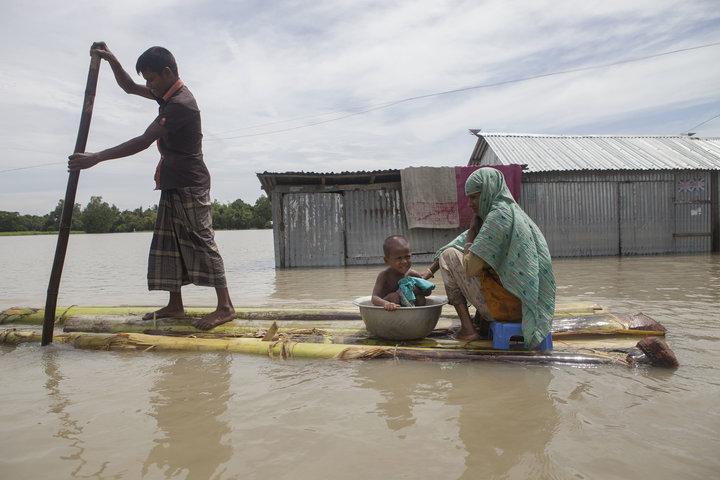From the science denier Roy Spencer.
The Version 6.0 global average lower tropospheric temperature (LT) anomaly for June, 2017 was +0.21 deg. C, down from the May, 2017 value of +0.44 deg. C.
___________
Major correction to satellite data shows 140% faster warming since 1998 RSS (lower troposphere) – June 2017 not included
What the correction shows:
___________
HadCRUT4 (late report) – May 2017, third warmest May recorded
Also from the Met Office
“For 2017 we are forecasting a rise of around 2.5 ppm, smaller than the 3.4 ppm rise between 2015 and 2016, but this is still a higher figure than the average over the last decade.”
Leveling is not good enough,…..
Scientists are concerned about the cause of the rapid rises because, in one of the most hopeful signs since the global climate crisis became widely understood in the 1980s, the amount of carbon dioxide that people are pumping into the air seems to have stabilized in recent years, at least judging from the data that countries compile on their own emissions.
Dr. Tans said that if global emissions flattened out at today’s high level, the world would still be in grave trouble.
“If emissions were to stay flat for the next two decades, which could be called an achievement in some sense, it’s terrible for the climate problem,” he said.
___________
Sea level rise is accelerating
_____________
Climate Change Could Threaten Up To 2 Billion Refugees By 2100
But his focus began to shift in 2005, after observing how storm surges tainted farmland in Bangladesh with salt water. Later that year, Hurricane Katrina struck New Orleans, submerging communities once believed to be safe behind levees and dikes. As floodwaters inundated Vietnam’s Mekong Delta last year, Geisler’s new worldview came into sharp relief.
The rising sea, he surmised, is the one displacement force more powerful than greed.
Geisler began collating climate and demographic research, and came to a dire conclusion: By the year 2100, rising sea levels could force up to 2 billion people inland, creating a refugee crisis among one-fifth of the world’s population.
Worse yet, there won’t be many places for those migrants to go.
His findings appear in the July issue of the journal Land Use Policy.
“Bottom line: Far more people are going to be living on far less land, and land that is not as fertile and habitable and sustainable as the low-elevation coastal zone,” he added. "And it’s coming at us faster than we thought.”
Results 1 to 25 of 6901
Thread: Any doubts about Climate Change?
Threaded View
-
04-07-2017, 12:35 AM #11Keep your friends close and your enemies closer.
Thread Information
Users Browsing this Thread
There are currently 5 users browsing this thread. (0 members and 5 guests)

















 Reply With Quote
Reply With Quote